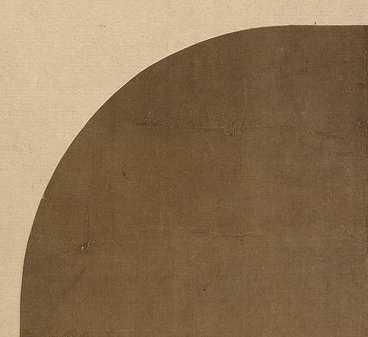
随着现代移动设备的普及,越来越多的设备种类和尺寸出现在市场上。为了便于用户快速浏览和选择设备,设备列表是大家常见的应用场景之一。在制作设备列表时,使用 CSS 可以轻松地改变列表的外观和排版,使列表更加清晰易读。
下面是一个简单的设备列表代码示例,使用 CSS 实现了设备名称和尺寸的列表显示:
“`html
<!DOCTYPE html>
<html>
<head>
<title>设备列表</title>
<style>
ul {
list-style-type: none;
margin: 0;
padding: 0;
li {
margin: 0 10px;
padding: 0 5px;
display: inline-block;
width: 100%;
text-align: center;
li:nth-child(1) {
background-color: #f2f2f2;
li:nth-child(2) {
background-color: #ddd;
li:nth-child(3) {
background-color: #888;
li:nth-child(4) {
background-color: #c6c6c6;
li:nth-child(5) {
background-color: #a5a5a5;
</style>
</head>
<body>
<ul>
<li>iPhone 5</li>
<li>iPhone 6</li>
<li>iPhone 6 Plus</li>
<li>iPad 3</li>
<li>iPad 4</li>
<li>iPad Pro 9.7</li>
<li>iPad Pro 10.6</li>
<li>iPad Pro 11</li>
<li>Android Smartphone 5</li>
<li>Android Smartphone 6</li>
<li>Android Smartphone 6 Plus</li>
<li>Android平板电脑 4</li>
<li>Android平板电脑 5</li>
<li>Android平板电脑 6</li>
</ul>
</body>
</html>
在这个示例中,大家使用了 `ul` 标签来创建设备列表。大家使用了 `list-style-type: none;` 属性来隐藏列表中的列表项,使列表更加简洁明了。大家使用了 `margin: 0;` 和 `padding: 0;` 属性来使列表项居中对齐。
接下来,大家使用了 `li` 标签来创建每个设备项的子元素。大家使用了 `margin: 0 10px;` 和 `padding: 0 5px;` 属性来设置子元素的宽度和高度,以及内边距。大家使用了 `display: inline-block;` 属性来使子元素为块元素,以便更好地与其他元素交互。
最后,大家使用了 `background-color` 属性来设置每个设备项的背景颜色,使列表更加美观。
通过使用 CSS,大家可以轻松地实现设备列表的清晰易读的外观和排版。希望这个示例能够帮助你制作出更加优秀的设备列表!